
To Boldly Go Where No Kids Have Gone Before
Beginner Level
Text / 凱斯英語仁愛分班 / 黃詩婷 Angela老師


"Hey! Where do we come from?"
"What?"
"Where do you think we come from?"
"Taipei?"
“Yes, we are in Taipei. But kids, do you know how the Earth came to be?”
“…”
Yes, this is what happens in our Big Bang Camp, Beginner Level. The students are first graders in the elementary school, who have just enough words for basic conversation. They have limited vocabulary and not much comprehension skills. However, this group of students is always energetic and ready to take on challenges.
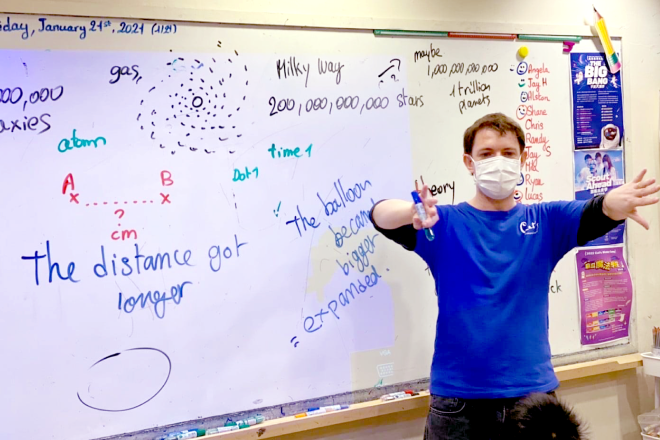
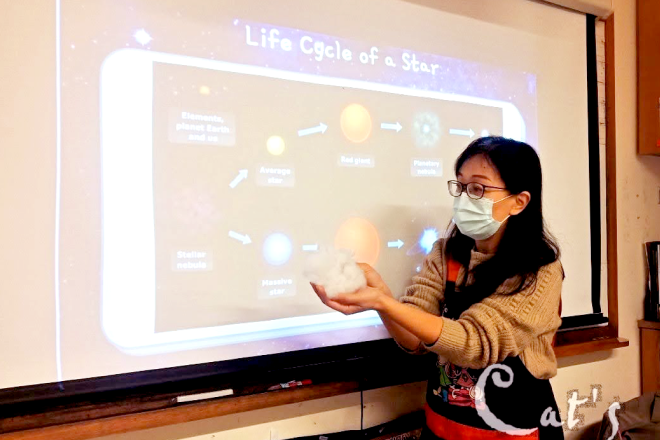
The 11-day camp was divided into 3 weeks. Students learned abstract ideas like the Big Bang Theory and atoms for the first two days. They got rough ideas about the universe, watching clips that opened up their minds and imagination. The first activity was to pop balloons after filling them up with sequins. This was for the students to relate to the image and time when The Big Bang took place. Students also made a model of an atom after learning about neutrons, protons, and electrons. These are challenging learning objectives, but the students successfully imprinted the ideas to their young brains.


The students started their outer space journey by watching NASA clips about space stations and how astronauts wash their hair and use the bathrooms. One big challenge is zero-gravity and another is limited water resources. Everything in the space is precious and this evoked the students to come up with ideas to improve life in space. The conversation can sometimes be silly and hilarious, but who knows if one day, they might be able to use their imaginations to help bring about new contributions.
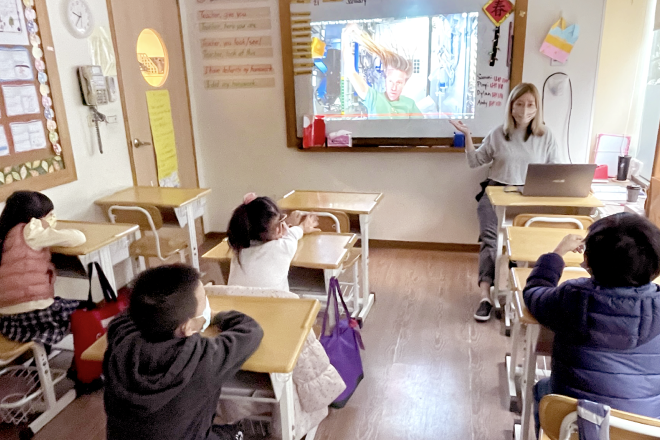
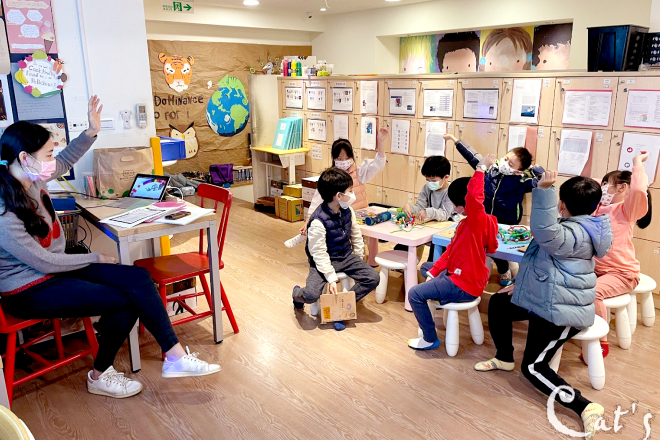
Week two starts with the class brainstorming about activities that suits them better. After discussing with the staff, the class included the previously made sun portraits into their Solar System models. The sun portrait is a fun activity that was created from shaving cream and food coloring. The students created solar flares and were delighted to see the outcome. On the following days, while the students learned about life in space, they also tried making spacesuits and rockets. Students and teachers incorporated the moon crater experiment to build Mars' surface for later presentation. They created colorful moon rocks which later became stardust in the diorama.
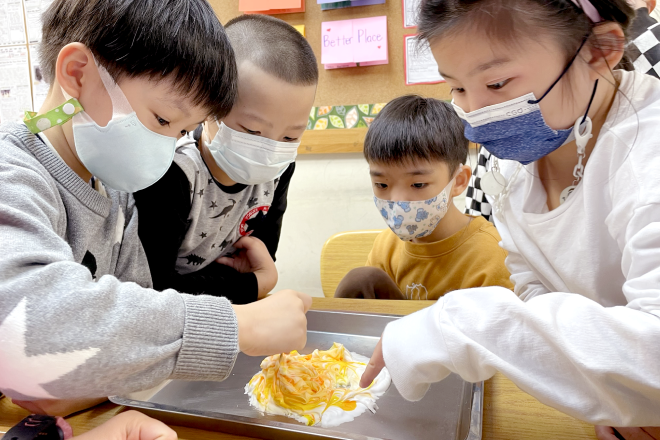
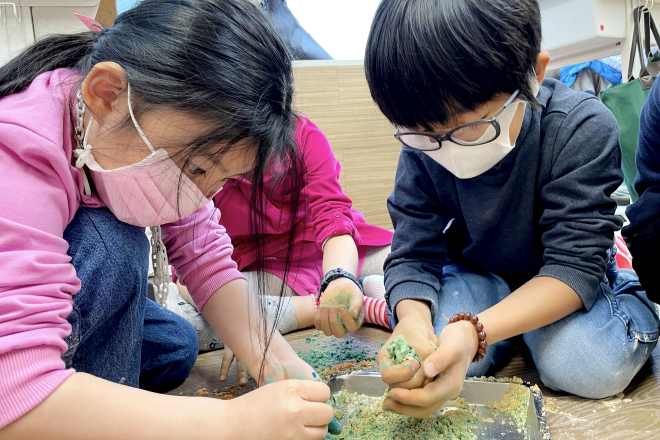
Throughout the camp, students picked up new terms like matters, anti-matters, trillion, satellites, constellations, and rovers just to name a few. They played Kahoot! games to review the facts and illustrated their discoveries in the scrapbooks. On the final day, intermediate students paid a visit to the beginners’ Mars presentation and learned from another perspective how younger students are enjoying life in space.





